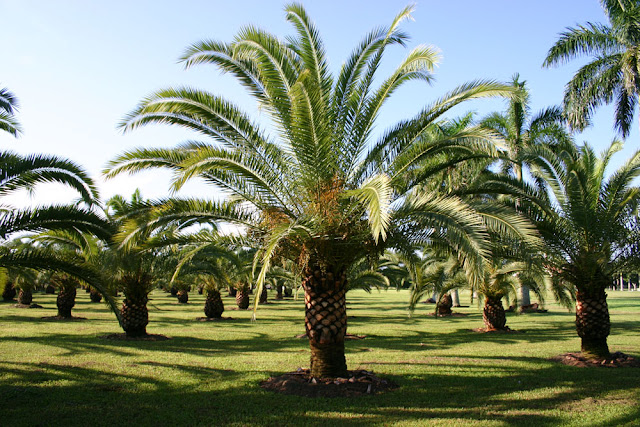 |
| Hydrangea villosa - http://bodnant-plants.co.uk/ |
The highly popular, blue-flowering garden cultivars of Hydrangea macrophylla will not produce decent-colored blooms on alkaline soils. To avoid the colors leaching out to a drab, pinkish colour, dress the soil liberally with moss peat and apply colour-enhancing chemical feeds such as sequestrene or aluminium sulphate annually.
Pink cultivars of the same species tend to be less clear or take on purple hues when grown on acidic soils. In this instance, dress the roots with 2 ounces of ground-limestone per square yard annual to preserve the pink coloration.
All hydrangeas, and especially Hydrangea paniculata, will benefit from an annual mulch of well-rotted compost applied in April. However avoid regular feeding with liquid soluble fertilizers as this can lead to excessive soft, leafy growth. Over feeding can also cause Hydrangeas to promote foliage growth at the expense of developing flower buds. This soft growth will also leave them more at risk from frost damage over the winter.
Pruning
 |
| Image credit - http://i.telegraph.co.uk/ |
Cut back the previous years flowering shoots of Hydrangea arborescens and Hydrangea paniculata by half in February or March. Thin out at ground level two and three year old flowering shoot of Hydrangea macrophylla cultivars to promote strong new shoots.
The popular climbing Hydrangea anomala subsp. petiolaris should have any overlong shoots cut back immediately after flowering. On established specimen most of the blooms will appear towards the top of the plant, so try to leave as much of this un-pruned as possible.
For related articles click onto the following links:
HOW TO GROW HYDRANGEA
HOW TO PRUNE HYDRANGEA
HYDRANGEA MACROPHYLLA
HYDRANGEA QUERCIFOLIA
HYDRANGEA SARGENTIANA
HYDRANGEA SERRATA 'Bluebird'
WHICH ARE THE BEST BLUE-FLOWERING HYDRANGEAS?
WHY HAS MY BLUE HYDRANGEA TURNED PINK?






















